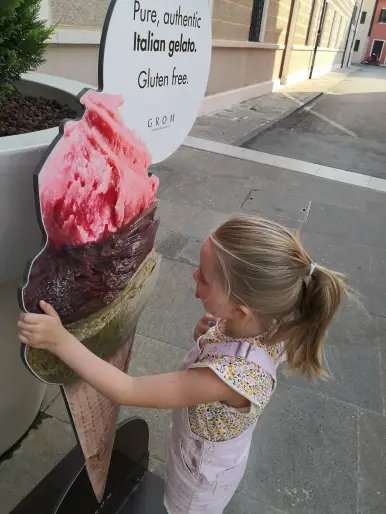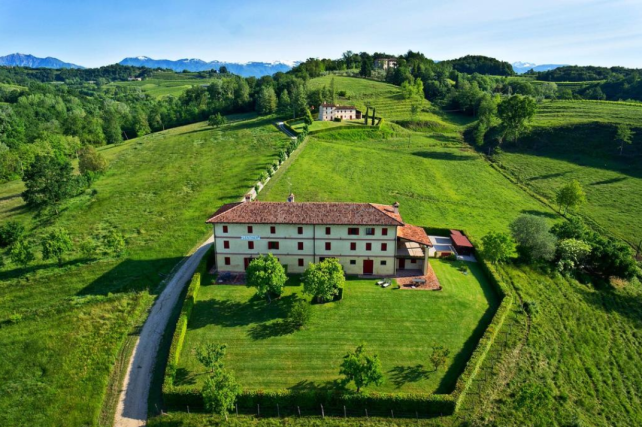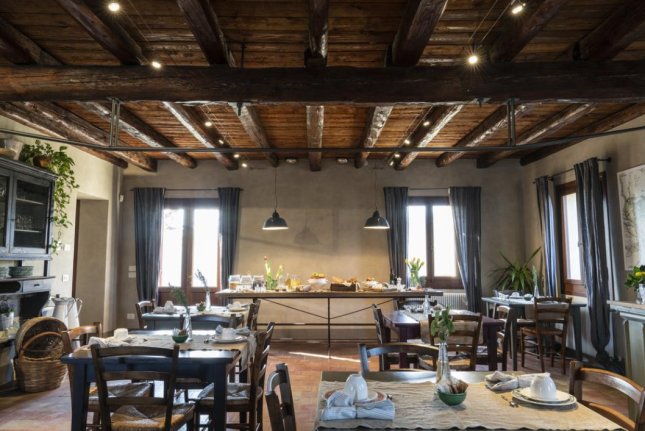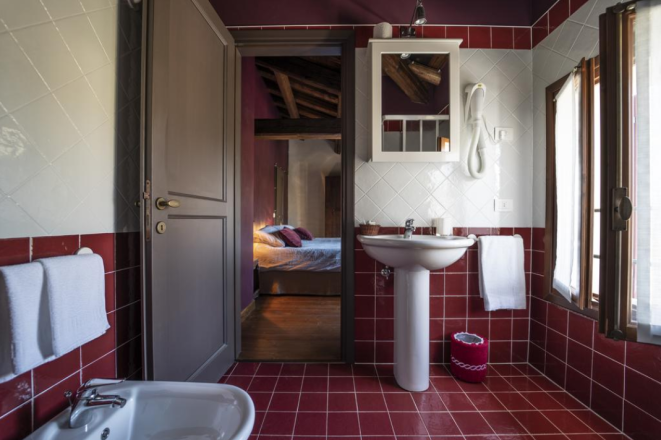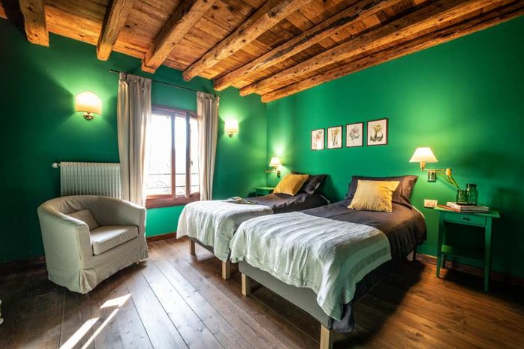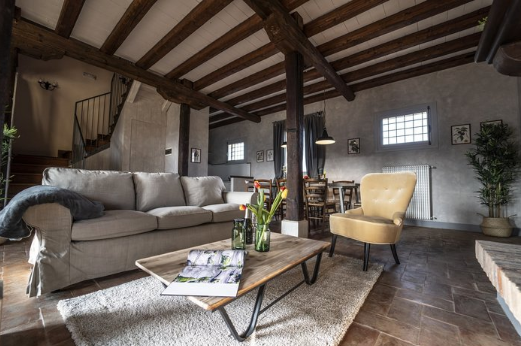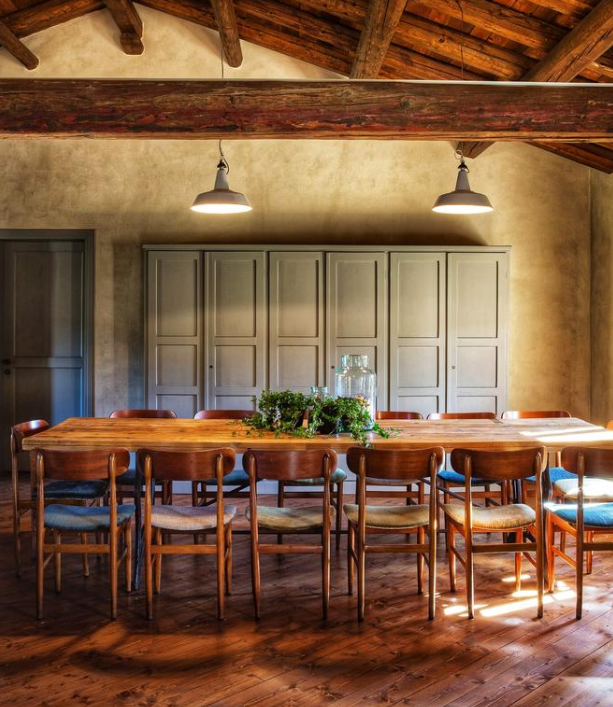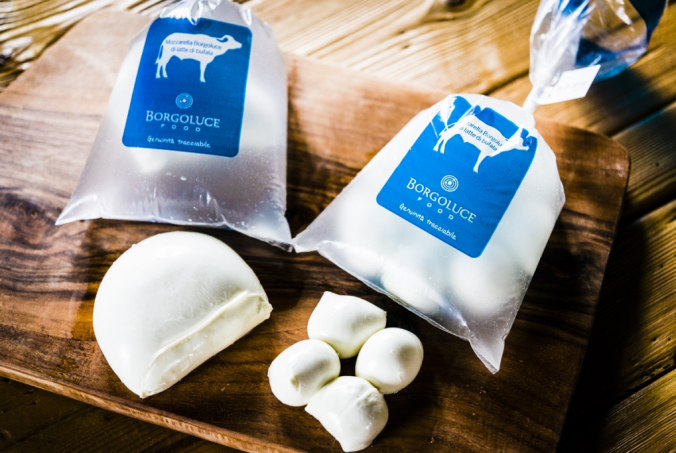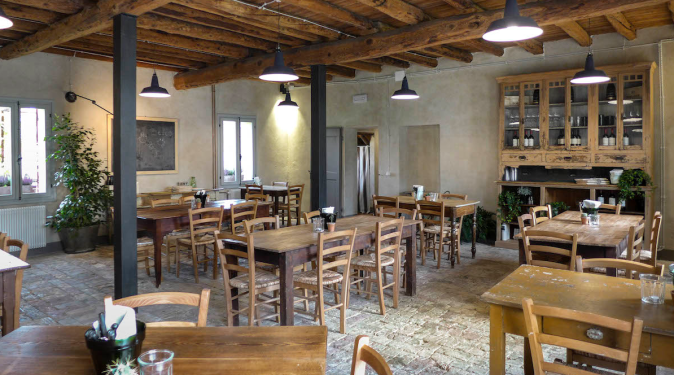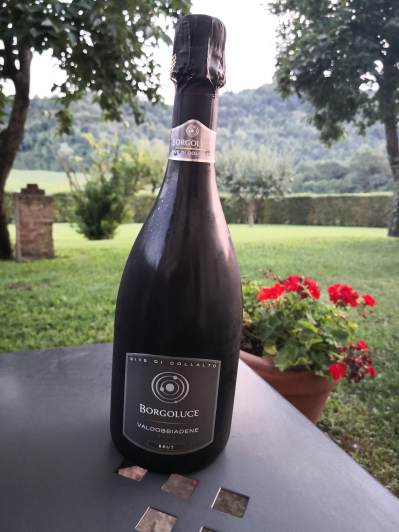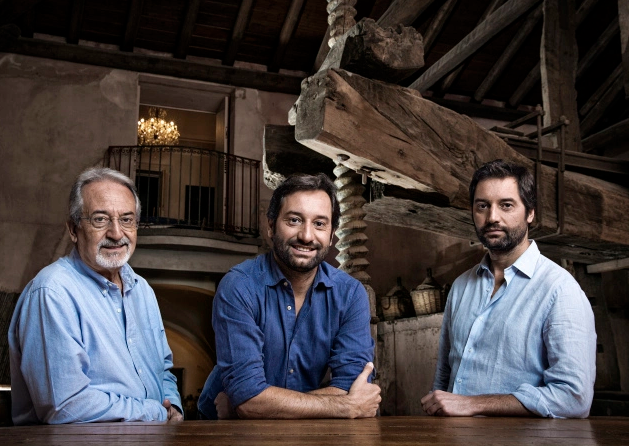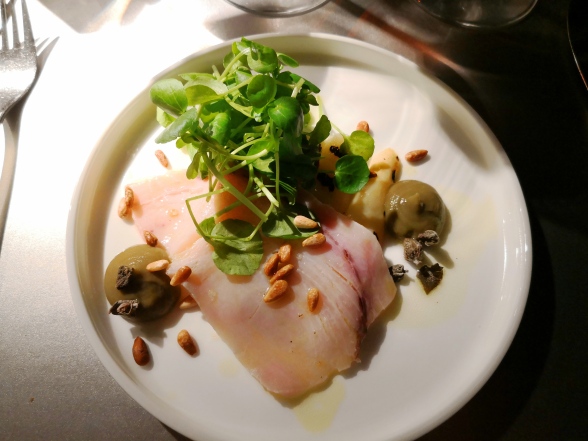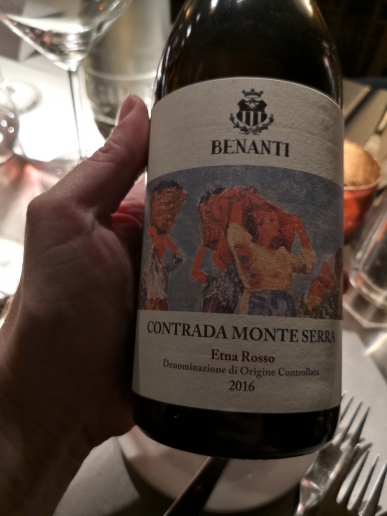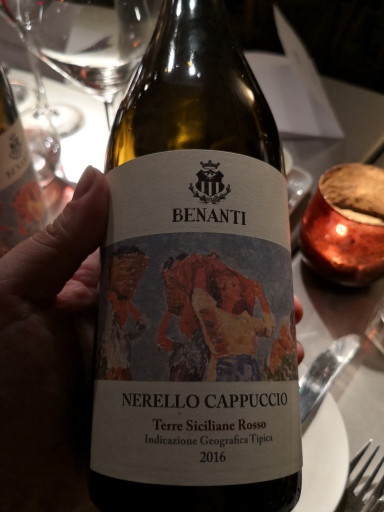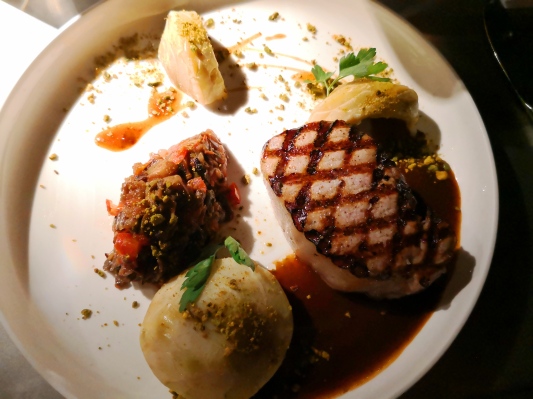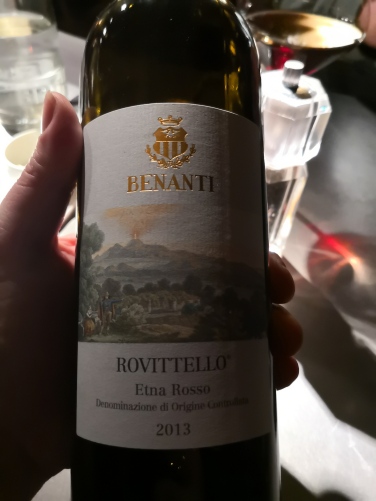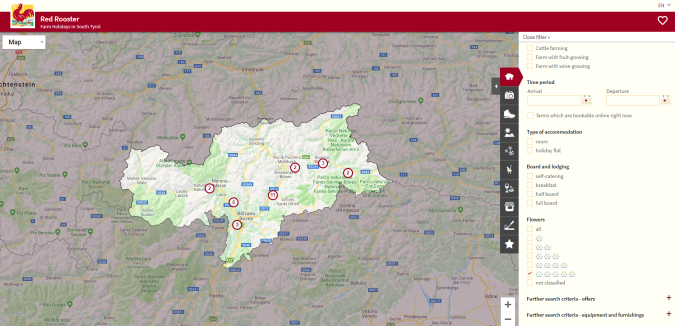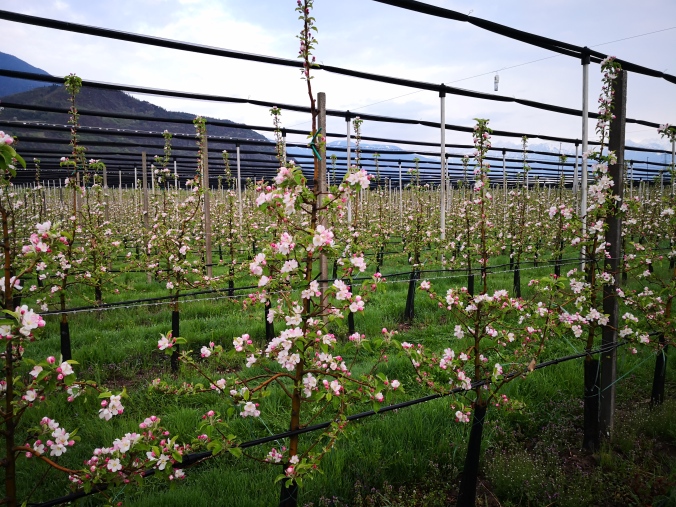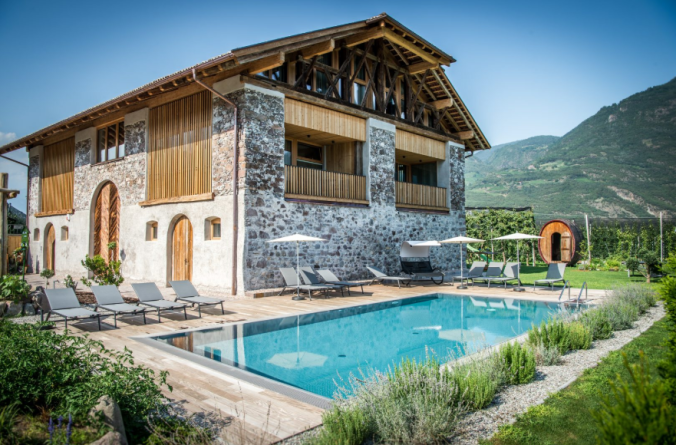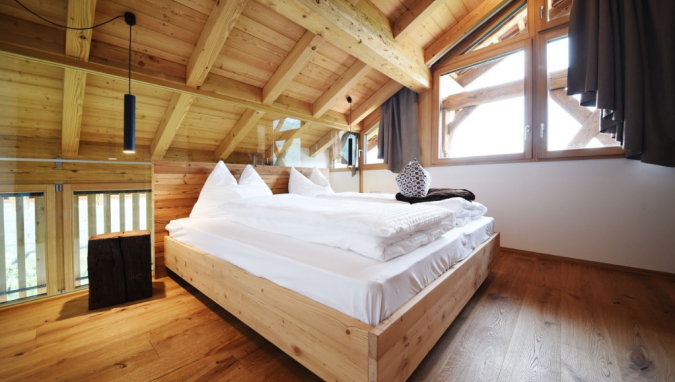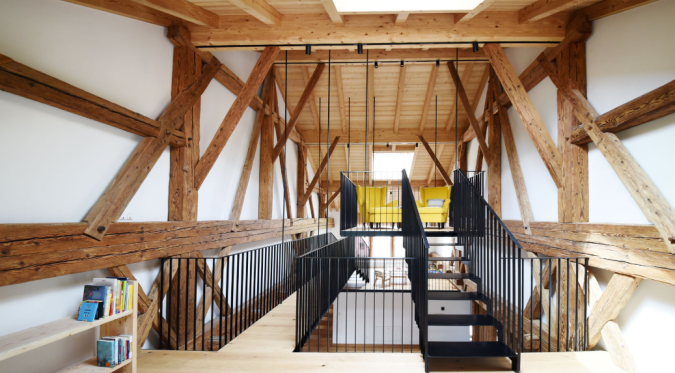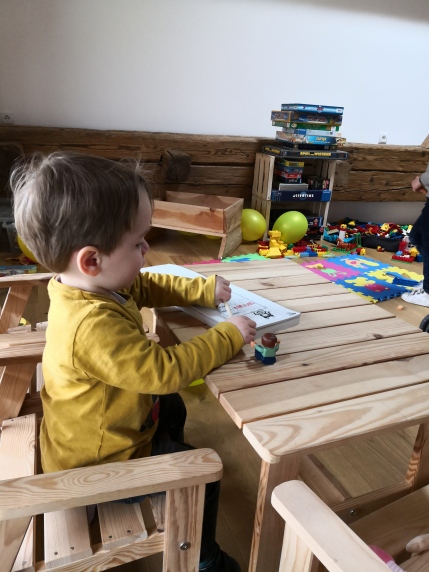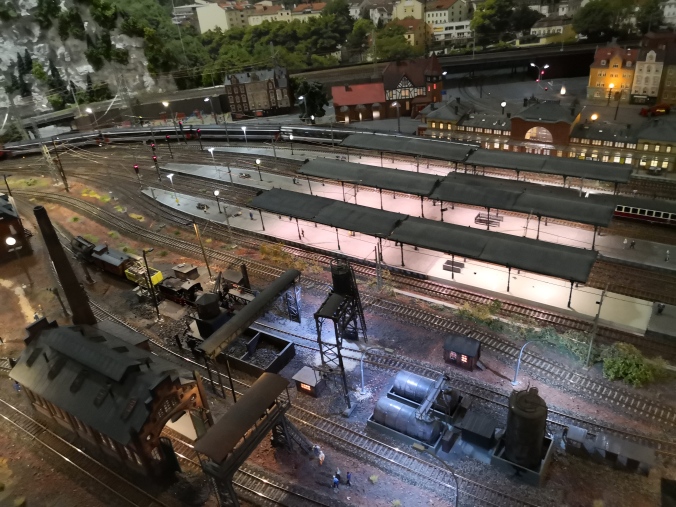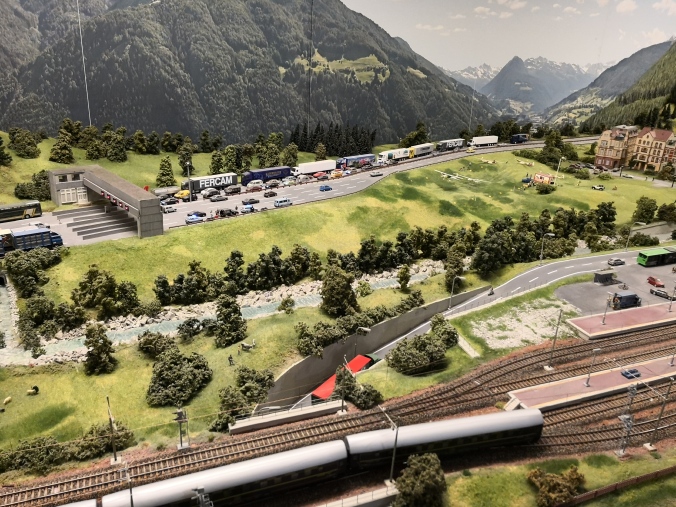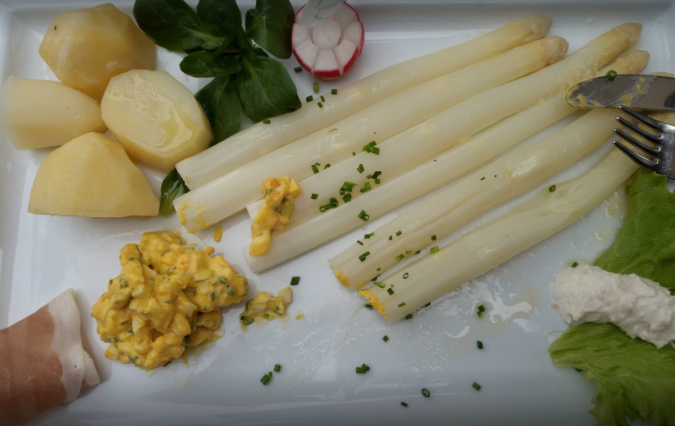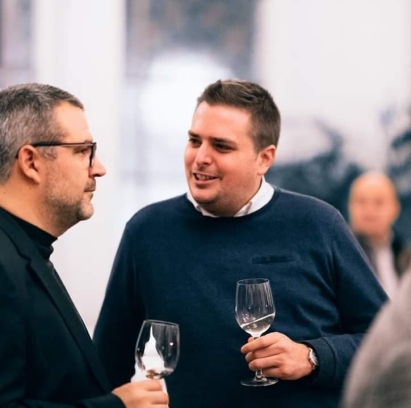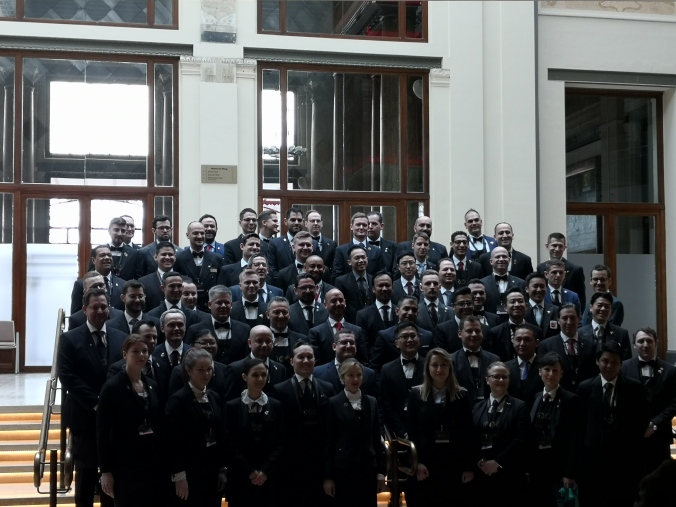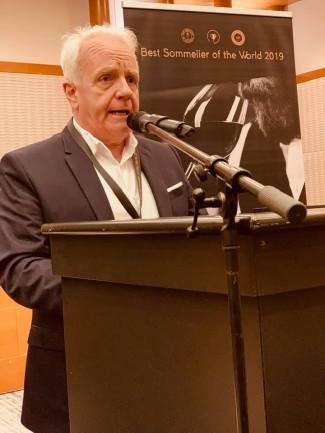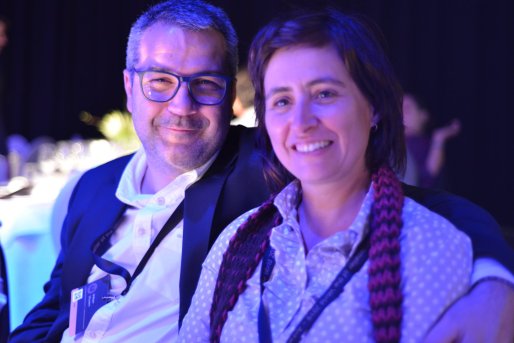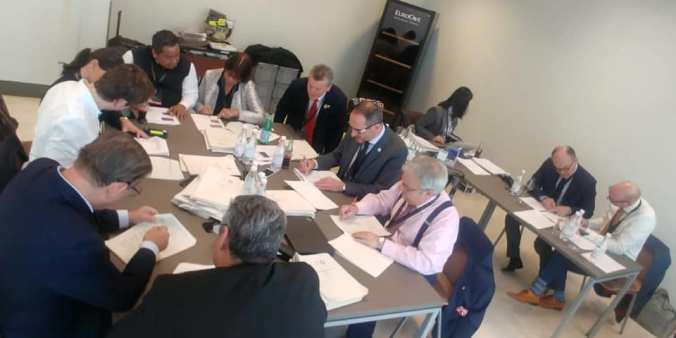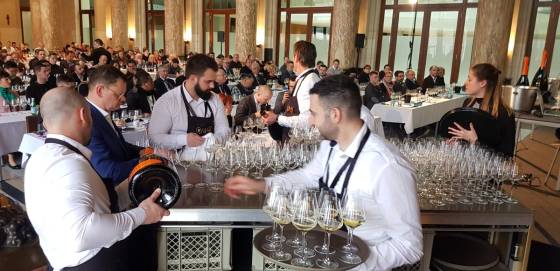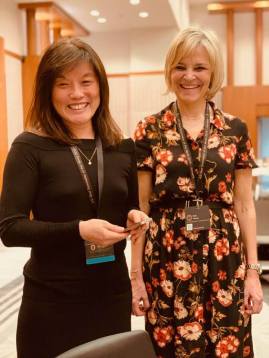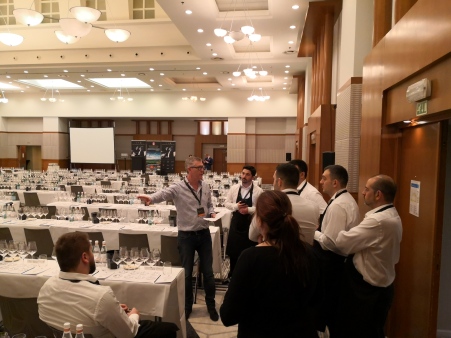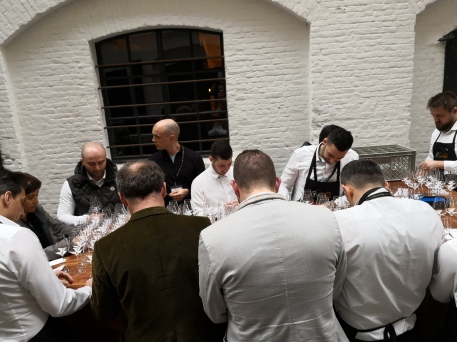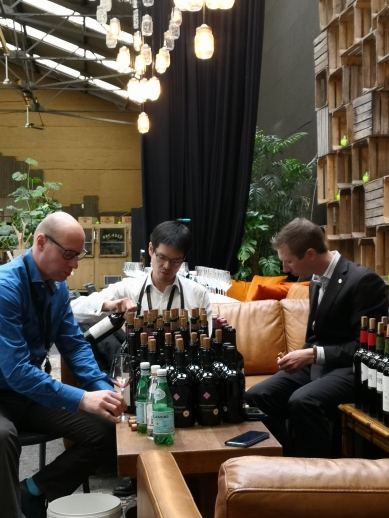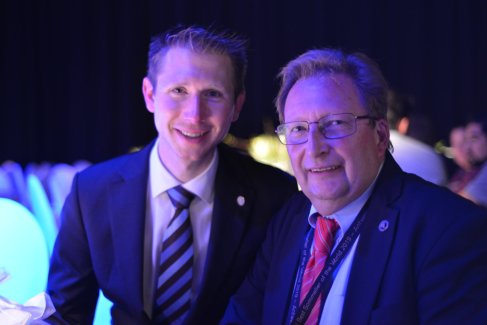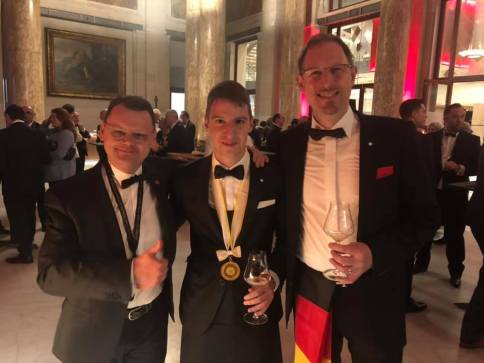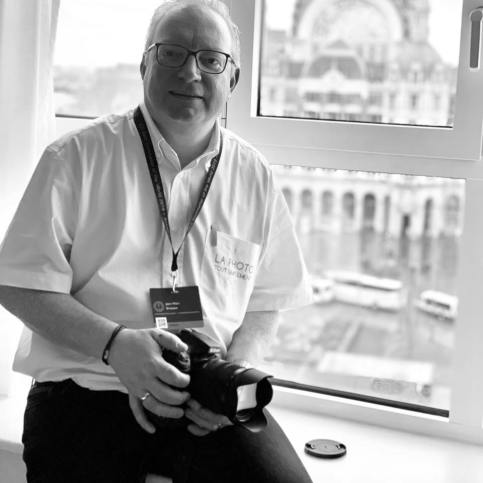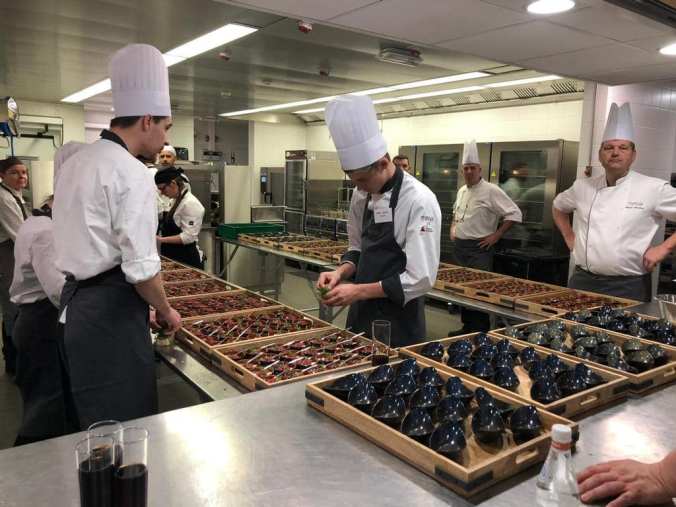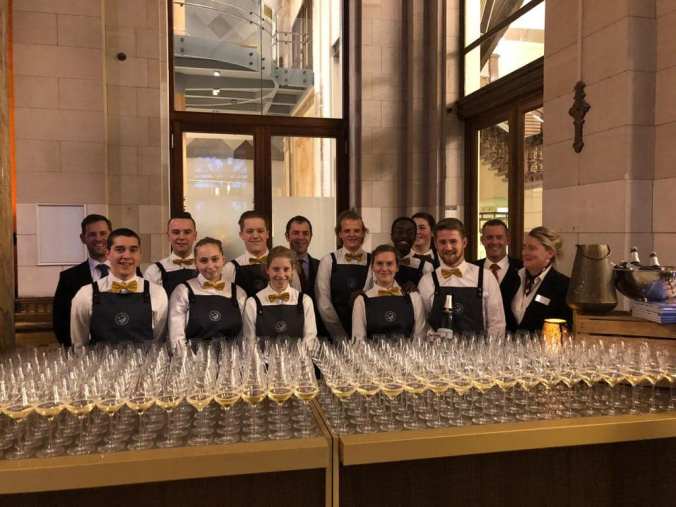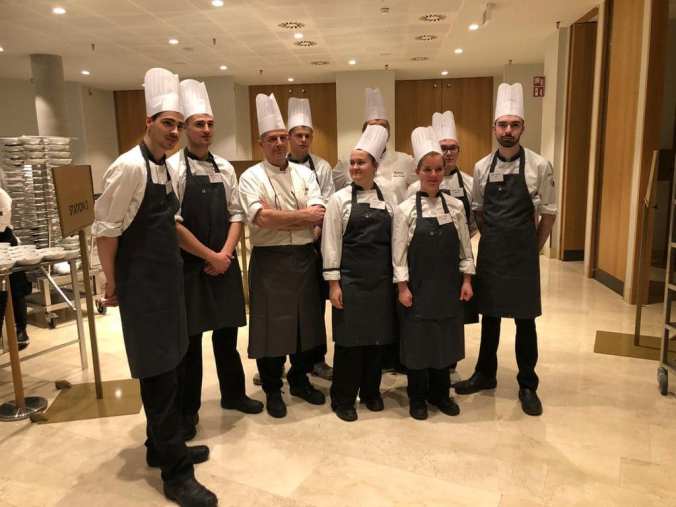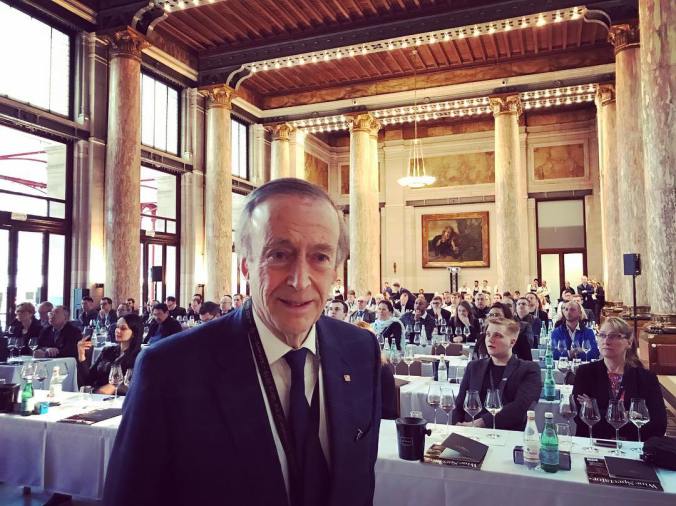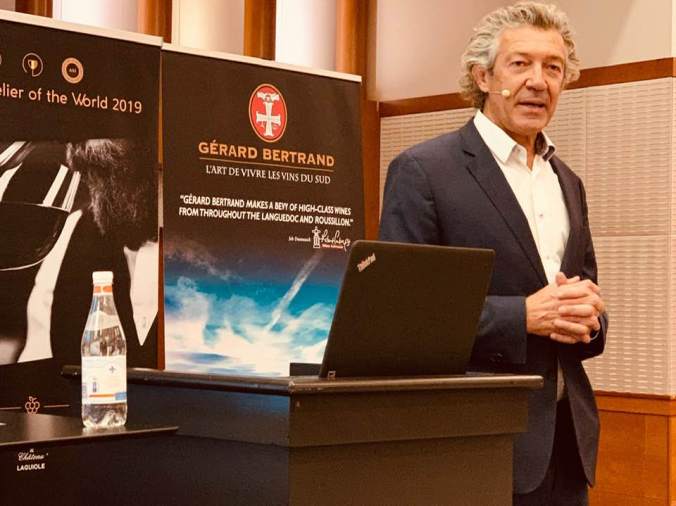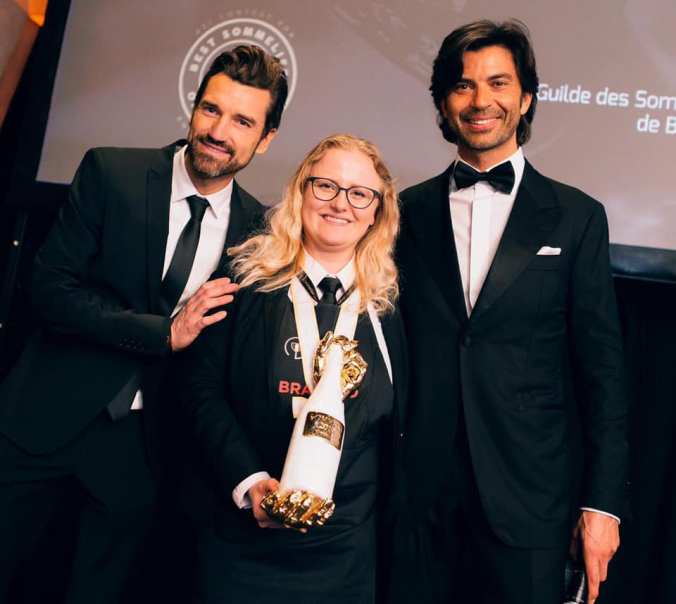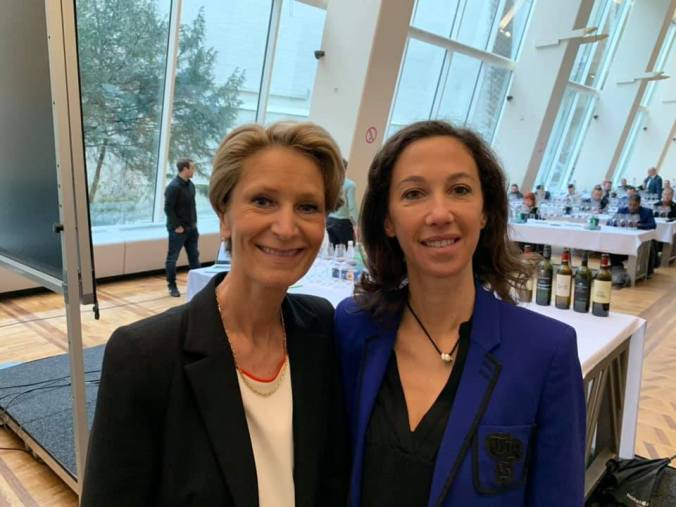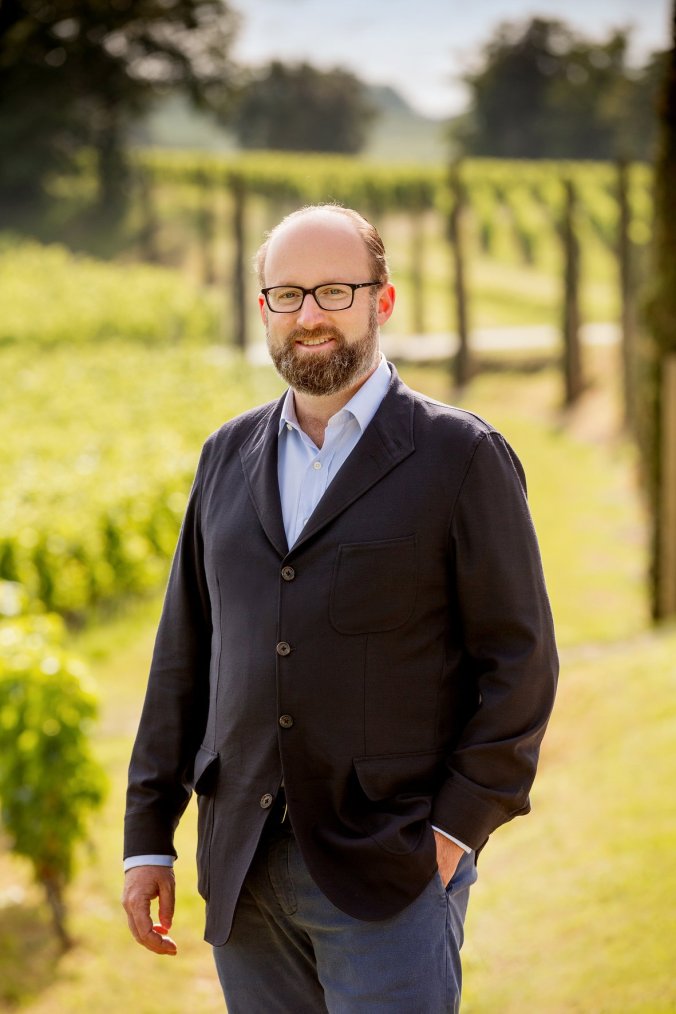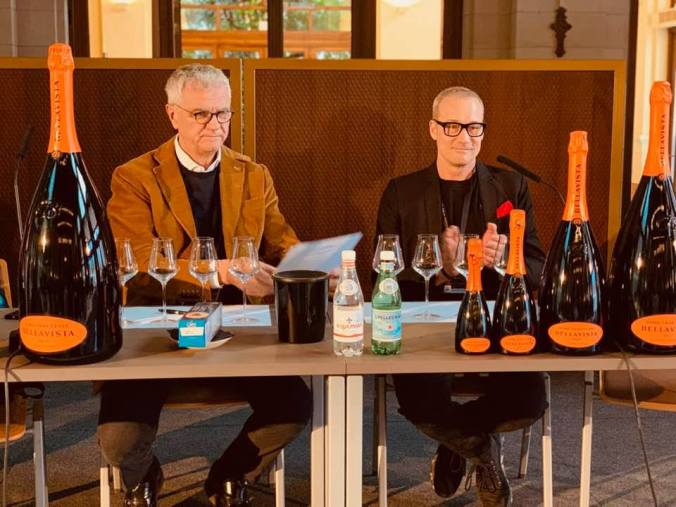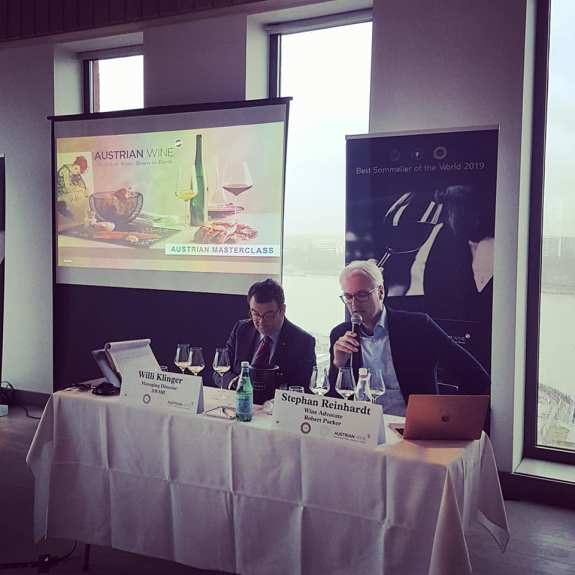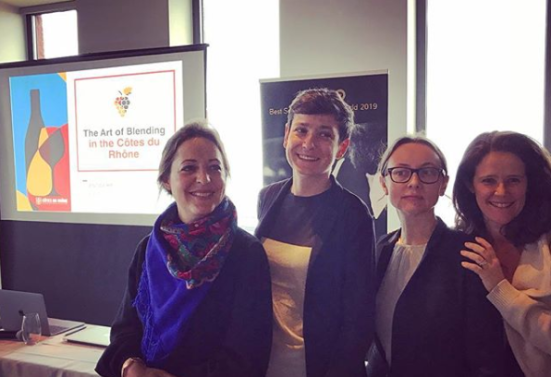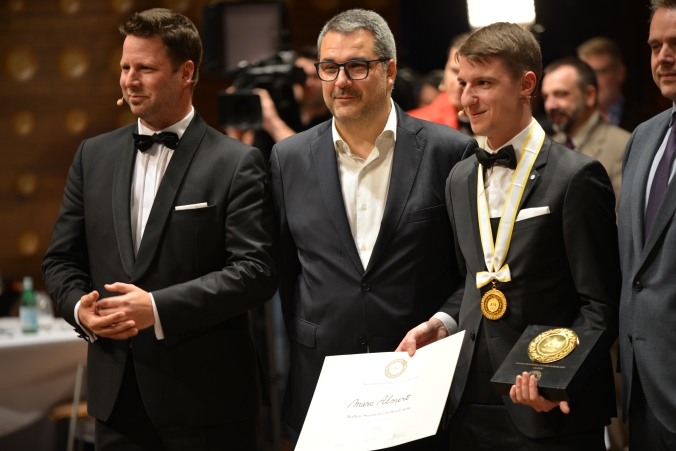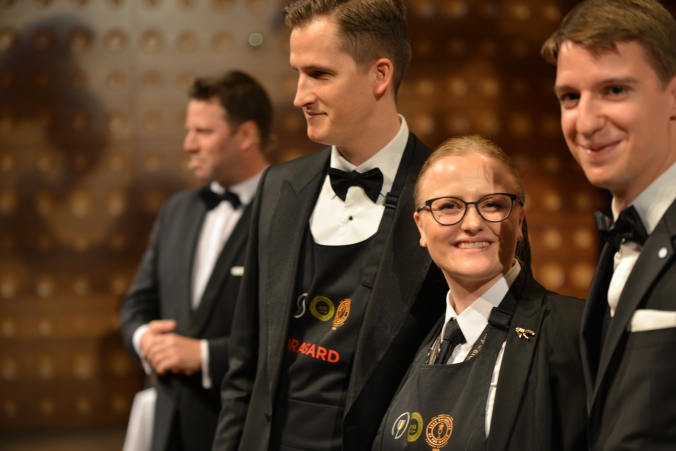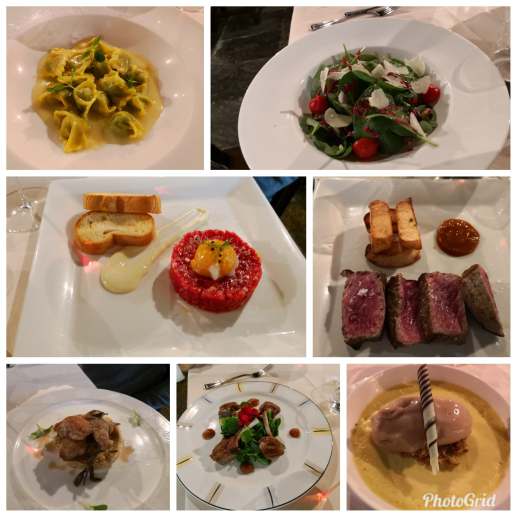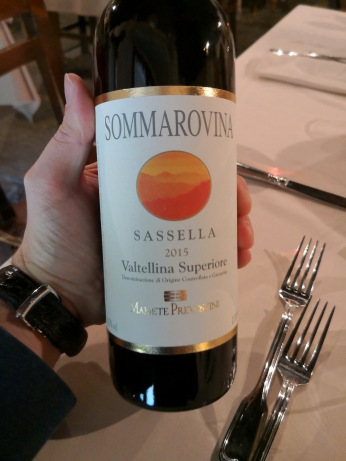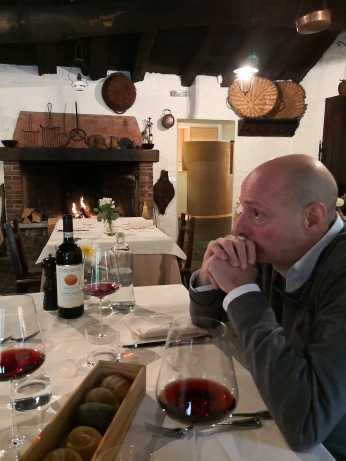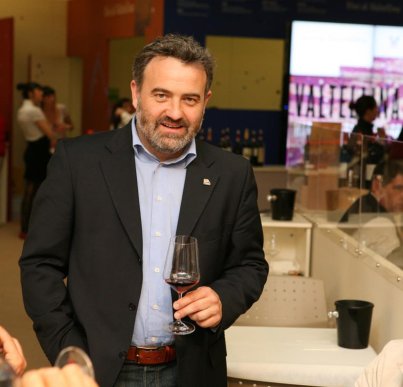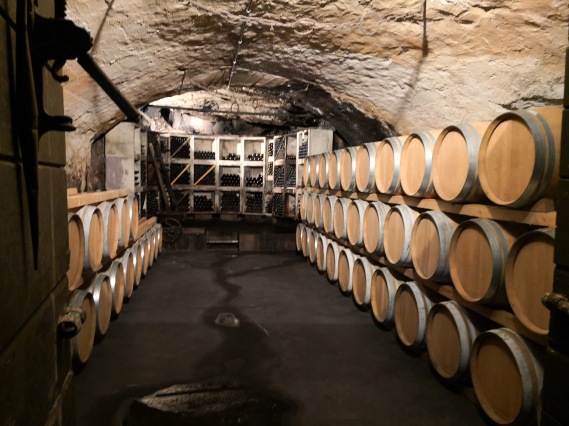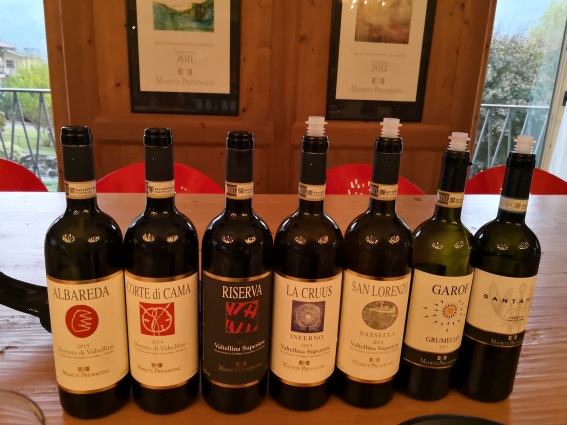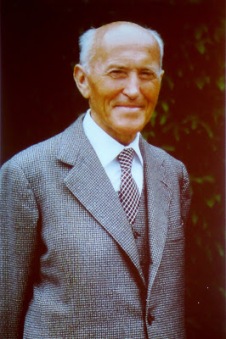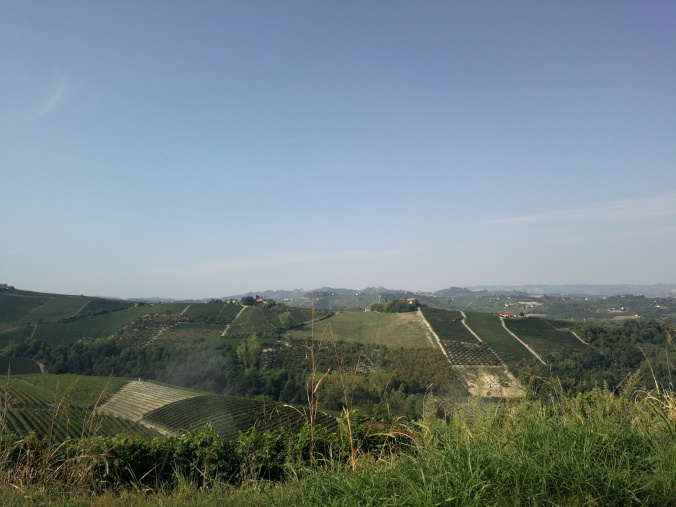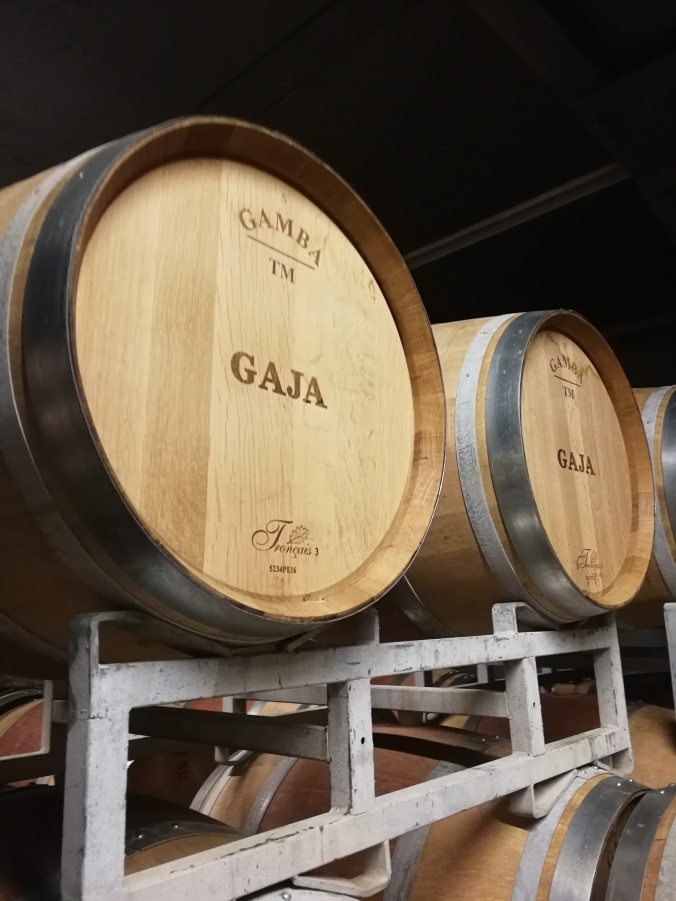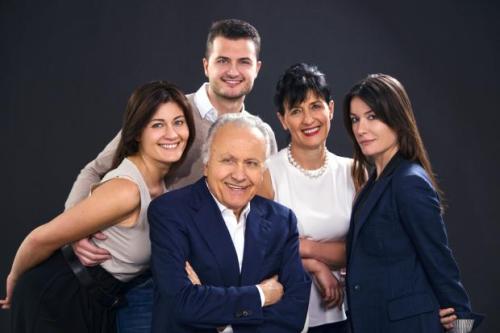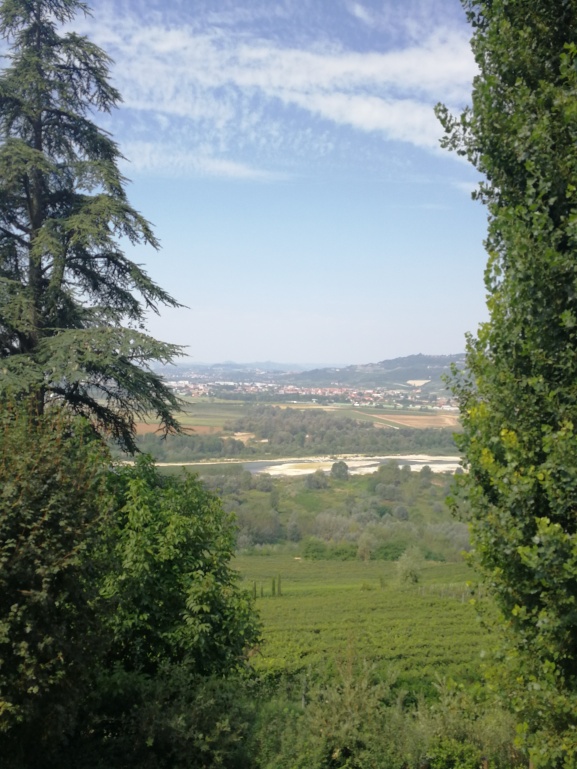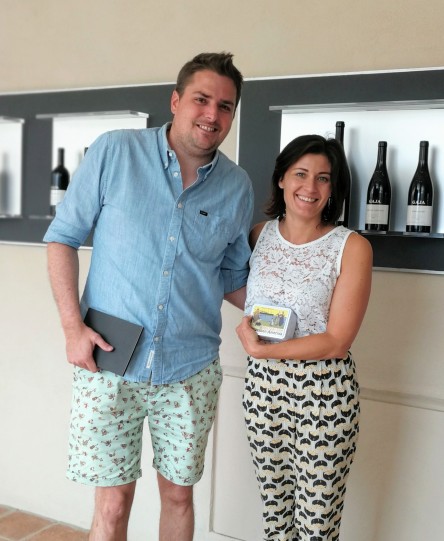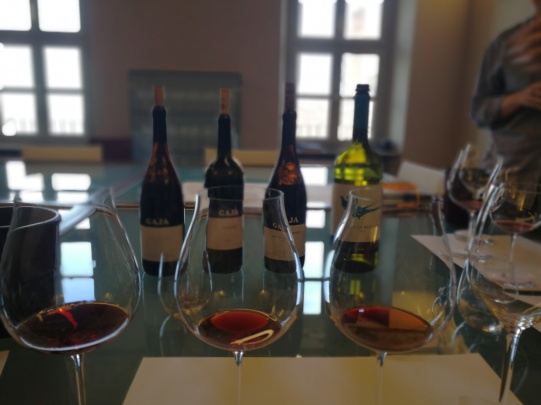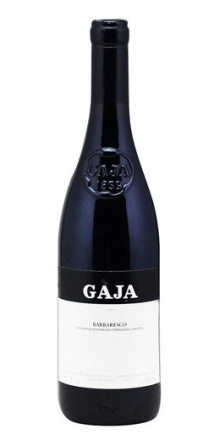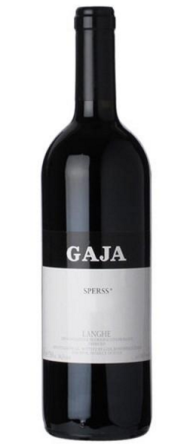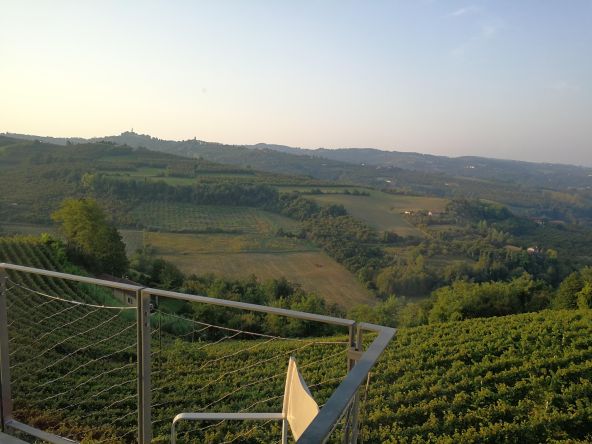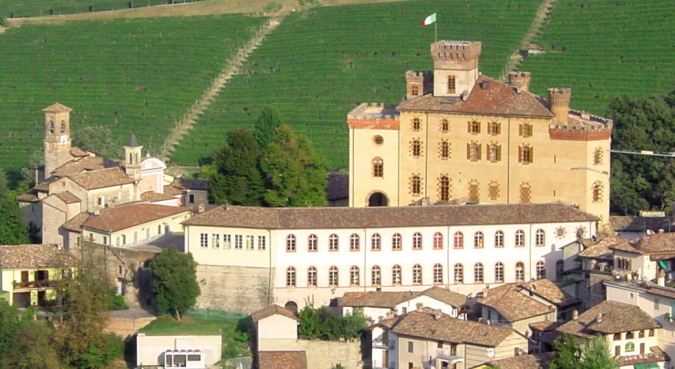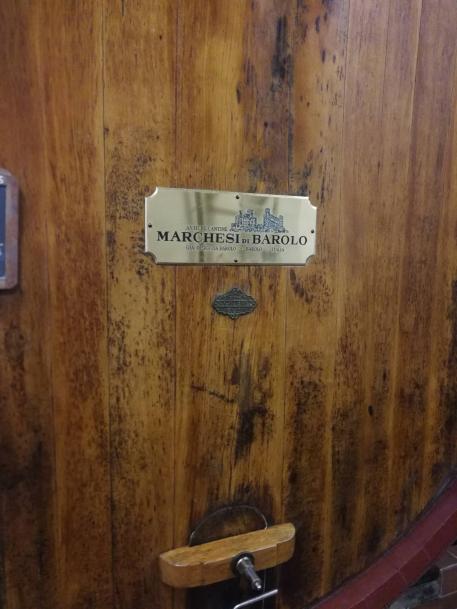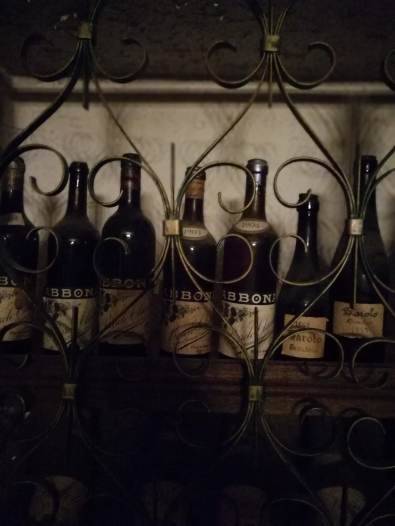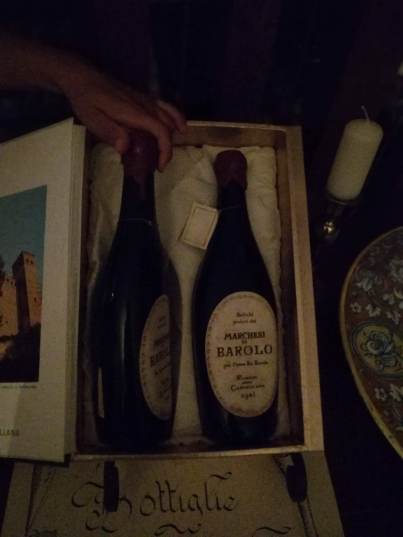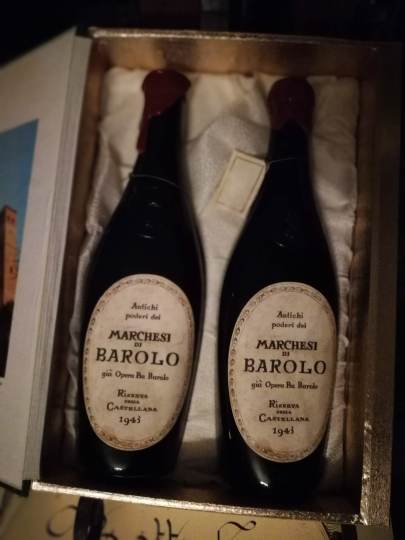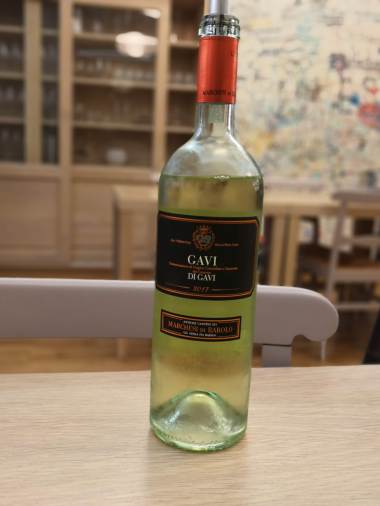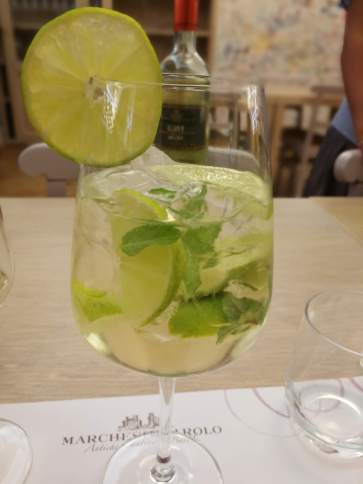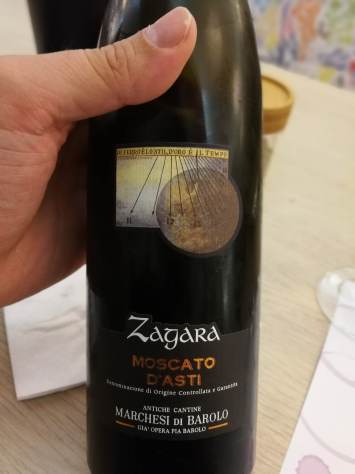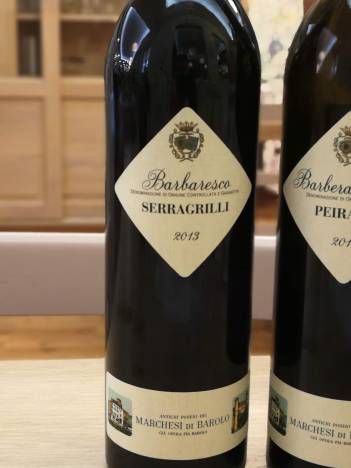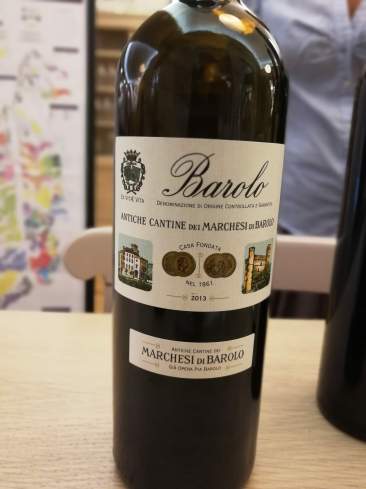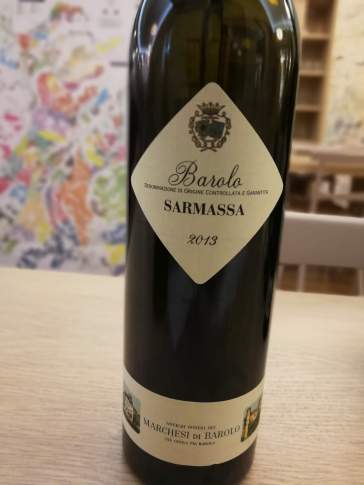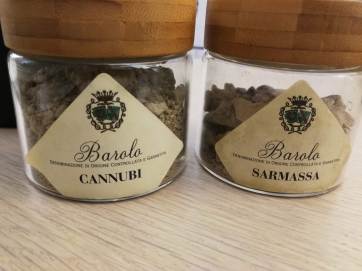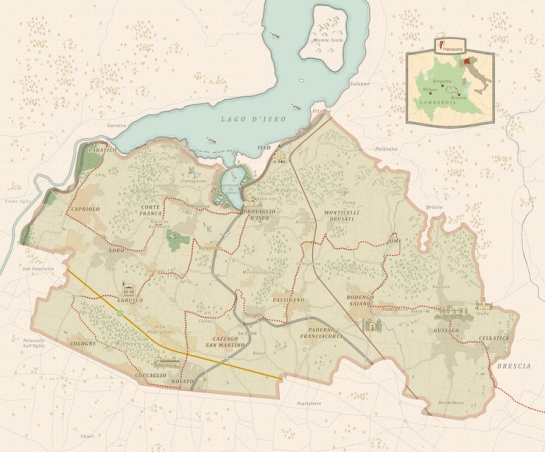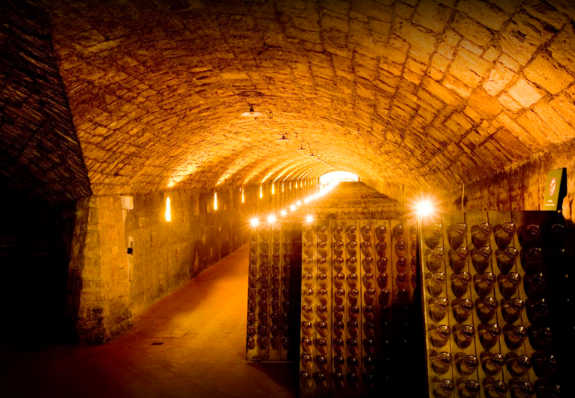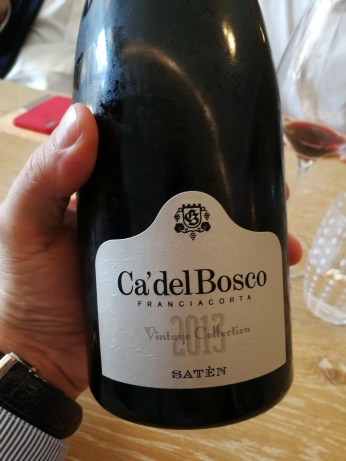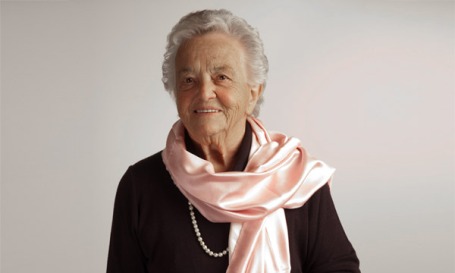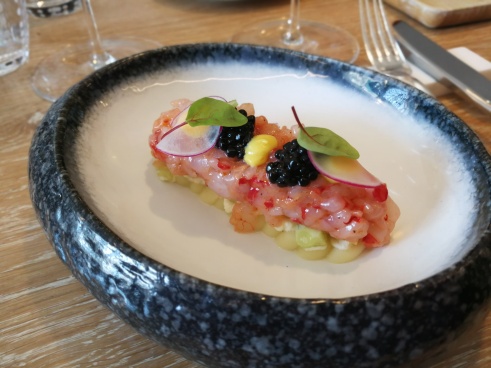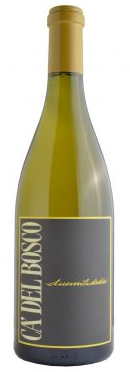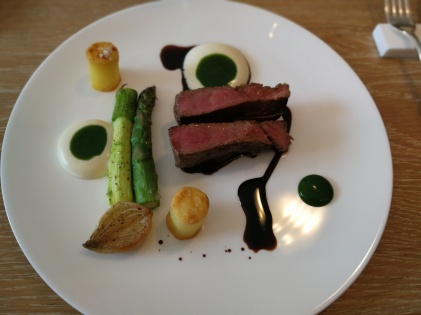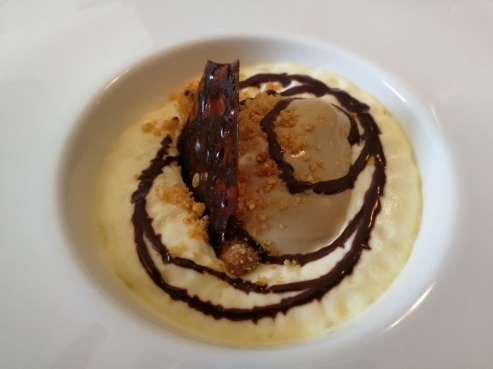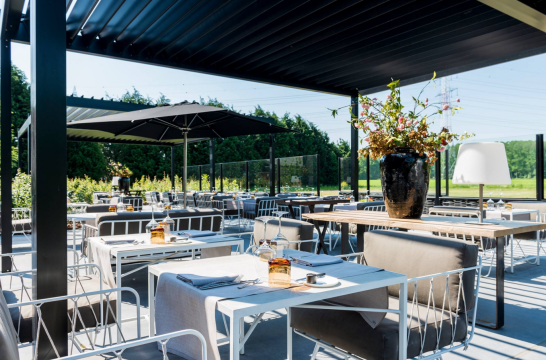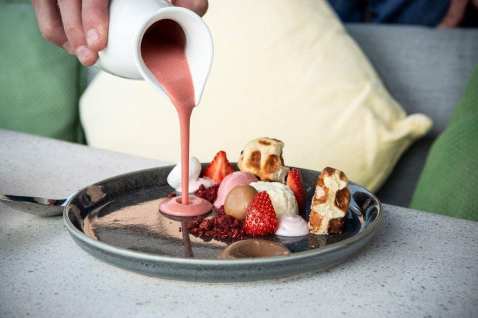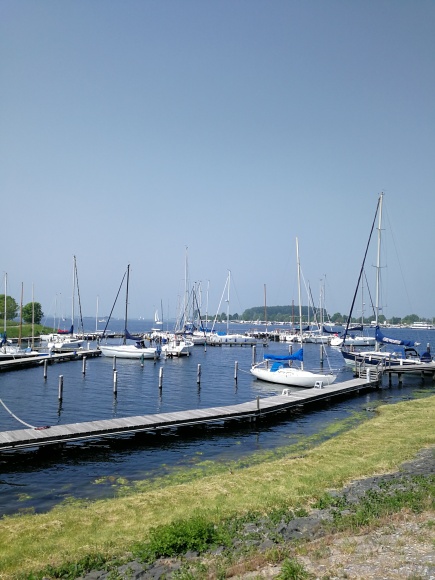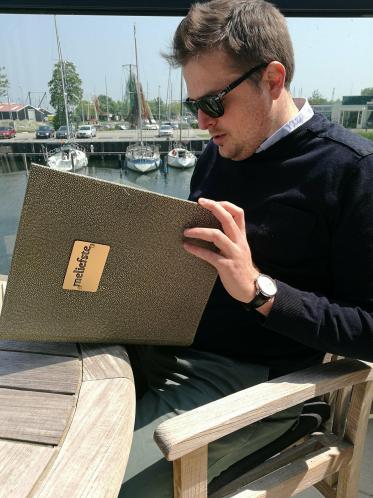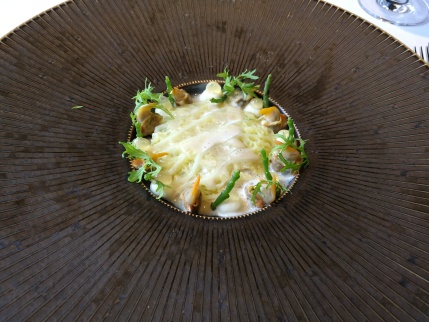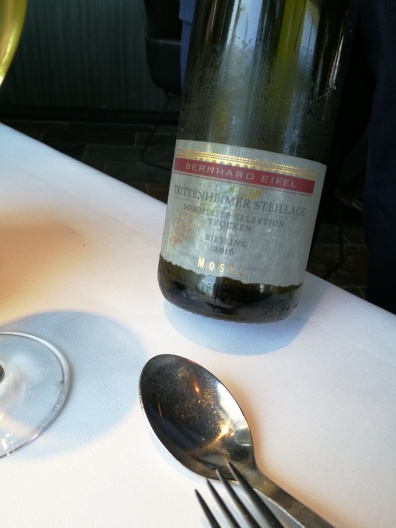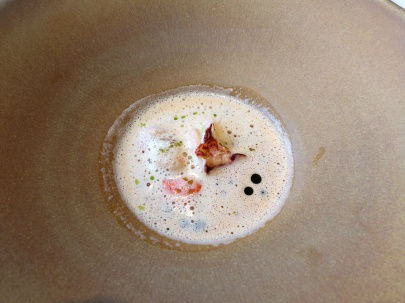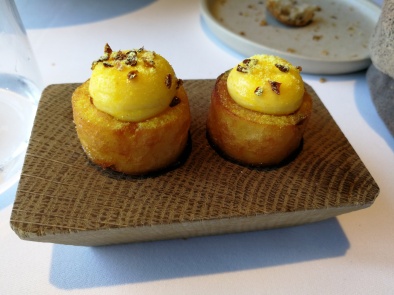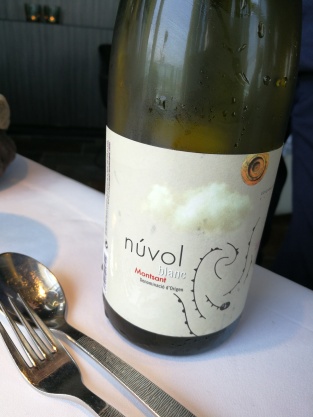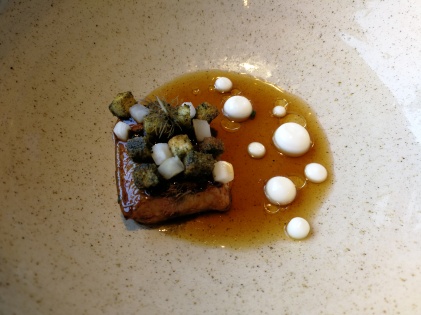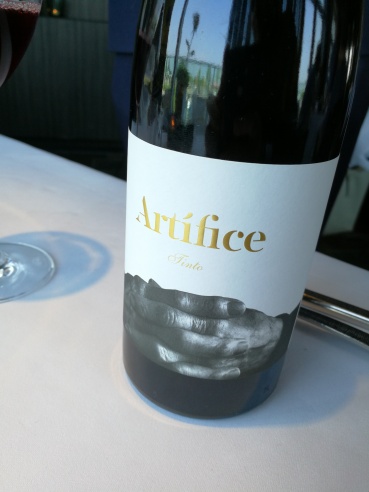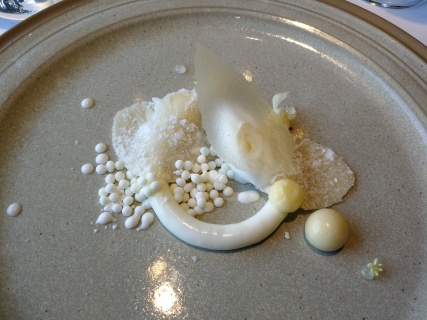On depressive rainy days like today, the thing I like to do most is to go through all the mental pictures I have from our last summer holidays. Days filled with happiness and lots of sunshine on our faces resulting in instant smiles. I do like colder weather, but let’s be honest everybody prefers spring and summer over autumn and especially over winter (although I do like the extra time inside the house during these periods).
We spend our last summer, that is only 1 month ago but feels like at least a year ago, in the recently UNESCO protected “Prosecco” region aka the Conegliano and Valdobbiadene region. This region is 20km up North from the Treviso airport. Most people would only know Treviso from flying to Venice with Ryanair as that’s the town where they land. It is a pity that most of those many people landing in Treviso immediately get in a bus towards Venice and don’t take the time to visit the charming city of Treviso. It is true that before actually visiting this region (and even when was already there for the holidays) I had already had prejudices about the town not being very nice to visit… but BOY WAS I WRONG. We actually went back 3 times during our holidays as we just loved wondering around in this beautiful little town with lots of cozy corners and streets with little canals in-between them (with the mandatory ice-cream in our hands).
A place we got to call home for 2 weeks was a beautiful 2 floor 3 bedroom apartment in the equally beautiful 1200Ha domain of Borgoluce. Borgluce is an Azienda Agricola that was founded 10 years ago by the Noble Collalto family. I specifically added the ‘azienda agricola’ as although myself and many other people mostly know Borgoluce for their very nice Prosseco , they make soooo much more besides the Prosecco. The question would rather be what don’t they make 😊 . I remember tasting their entry level Prosecco called Lampo and immediately liking it and 9 years later still having at least a few bottles of both the Lampo and their Prosecco BRUT DOCG in my fridge. A year ago when I was breaking my head on where to go on summer holidays this year, it was actually my brother mentioning that Borgoluce also had an Agriturismo. When consulting their website both myself and my wife were immediately sold and immediately booked a room. I did also appreciate it a lot from them to call me to check with us which room or apartment would be most fitting for me and my family to have the ultimate time upon our stay at the farm. A few weeks later they had even renovated all their B&B rooms and apartments, so that made us even more impatient to be there. Not that I specifically look for a holiday place where they make wines, but if they do that only makes it better 😉
As I mentioned it was only 10 years ago that 2 of 5 sisters of the Collalto family decided they wanted to not only continue the wine making their family had been doing for many decades before, but also start farming in ecological and sustainable way. In those years they have made enormous progression… it is true the fact they already had over 1200Ha of land at their disposal helped, but nevertheless the products don’t make themselves and especially not high quality. Besides the grapes from which they both make Prosecco and still wines they also have around 400 buffalos, pigs, cows and chickens they both use for their milk as for their meat. On top of that they also have olive trees, beehives, lots of wheat. Again all made and handled with respect for nature. If you would see the space these animals have between the Conegliano Hills… they have a huge amount of space. Over the years the Collalto sister in collaboration with experts in their domain they have studied the best ways to be as respectful to nature and sustainable. I can only give them my upmost admiration and respect as they have done an incredible job and the circle is round. If you would ever get the chance to visit I’m sure you’ll agree 100% with me.
If you would see the amount of both local as non-local people that pass by the little factory shop to buy their charcuterie, meats, wines, honey or dairy products like freshly made (every morning) yoghurt, ricotta or mozzarella (made from Buffalo milk) you immediately know the quality has to be there. Especially when you see older Italian ladies (la Mama or Nonna) in the shop as they are very very picky on products as they only want to use the best. When you tasted their fresh mozzarella, the ones you buy prepackaged in the supermarket won’t do the trick anymore 😊 😊
The fact they had 3 bedroom apartments and did help us to decide to go there, the fact they made wine was an extra bonus, but that they also had a local shop with own products, a Frasca and an Osteria where you could eat their products only made that more checkboxes were ticked. The only thing that didn’t convince me 100% was the natural pool (there you go, I said it). Even now that I’ve stayed there, it might be the only thing that I didn’t like the most… but I’m sure it is me, as both my kids and my wife loved it. The oasis of silence you have at Borgoluce (far away from all the noise (besides the ones products by my children)) is so relaxing and kinda addictive, because when you come back home you have to get used to all the hard noises and sounds again. Even now some nights when I lay in bed I close my eyes and imagine I’m back in the garden together with my wife (children already sleeping) at Borgoluce with a nice glass of Prosecco in our hands enjoying the sound of silence and grasshoppers overlooking the beautiful hills while the sun goes down…. That for me is what holiday is all about and the thing I love thinking of on rainy depressive days like today.
Before I leave you to it, I do want to say something about Prosecco 😊 as I find it a shame don’t see prosecco as a high quality product (the same actually goes for the Spanish nephew Cava). I think most of those people just didn’t try the right prosecco yet and only drunk some of the mass products that are out there and went for the cheapest bottle instead of for the bottle that might only cost 2EUR more and probably is more qualitative. A few posts ago I did mention that Franciacorta and Prosecco are not the same thing. Which is true, first of all because they are made from a different grape. In fact you should not even be comparing those 2 or even with other bubbled drinks as they are all different in some way although they all have bubbles… it is all about drinking the drinking the good ones 😊 which is something personal (obviously) and different for everybody, but for me Borgoluce’s Proseccos can definitely be seen as reference for a good Prosecco with the good quality/price balance.
Just by writing this article I can already feel the sun shining on my face
